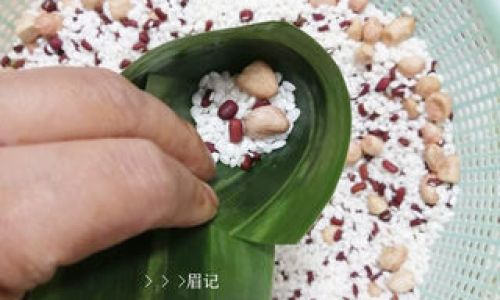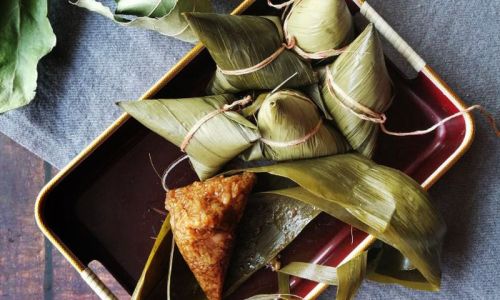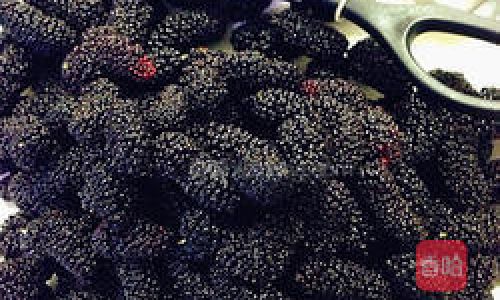Introduction
The art of making zongzi, or rice dumplings wrapped in bamboo leaves, is a cherished tradition deeply rooted in Chinese culture, especially during the Dragon Boat Festival. These delicious bundles symbolize unity, prosperity, and the memory of the ancient poet Qu Yuan. Among the various shapes and sizes of zongzi, triangular zongzi stand out for their distinctive appearance and ease of wrapping. This guide will walk you through the homestyle method of wrapping triangular zongzi, ensuring that you can preserve this cultural heritage in your kitchen with love and care.

Materials Needed
Before diving into the wrapping process, ensure you have all the necessary materials prepared. Here’s a checklist:
- Bamboo Leaves: Fresh or dried, soaked in water overnight to soften and cleanse them.
- Sticky Rice: Soaked in water for at least 4 hours to make it pliable and sticky.
- Fillings: Options include sweet fillings like red bean paste, lotus seed paste, or savory fillings like pork belly with soy sauce, salted duck egg yolks, or mushrooms.
- Cotton Strings: For tying the zongzi securely.
- Large Pot: For boiling the zongzi.
- Water: Enough to fully submerge the zongzi during boiling.
Preparation Steps
-
Soaking the Bamboo Leaves: Start by soaking the bamboo leaves in clean water for at least 6-8 hours or overnight. This softens them and makes them flexible enough to wrap without tearing. If using dried leaves, they may need longer soaking time.
-
Soaking the Sticky Rice: Rinse the sticky rice thoroughly under cold running water until the water runs clear. Then, soak it in a large bowl of water for 4-6 hours. Drain the rice well before use.
-
Preparing the Fillings: Depending on your preference, prepare the fillings. For sweet zongzi, ready-made pastes can be used. For savory zongzi, marinate the meat in advance with soy sauce, garlic, ginger, and other spices. Hard-boiled eggs can be used for egg yolks.
Wrapping the Triangular Zongzi
Now, let’s get into the heart of the matter – wrapping the triangular zongzi. Follow these detailed steps:
-
Lay Out the Leaf: Take two bamboo leaves and overlap them slightly, with the smoother side facing up. Fold the bottom end up by about 1-2 inches to create a pouch-like structure. This will prevent rice leakage during boiling.
-
Form the Base: Hold the leaves with both hands, cupping them to create a cone shape. Ensure the pointy end is facing towards you and the wider end is open. This will be the base of your triangular zongzi.
-
Add Rice and Filling: Spoon a layer of soaked sticky rice into the cone, filling it about halfway. Place your chosen filling in the center. If using multiple fillings, layer them as desired. Then, add another layer of sticky rice to cover the filling completely.
-
Fold the Sides: Carefully fold the two side leaves inward, overlapping them slightly to form the first two sides of the triangle. Press gently to secure the filling and rice inside.
-
Fold the Top: Now, fold the top leaf down over the rice and filling, creating the third side of the triangle. Use your fingers to adjust and flatten the edges, ensuring there are no gaps where rice can escape.

-
Secure with String: Take a piece of cotton string and tie it around the middle of the zongzi, securing all three corners tightly. Continue tying in a knot or two to ensure it stays closed during boiling. Trim any excess string.
-
Repeat: Repeat the process until all your rice and fillings are used up. The beauty of making zongzi lies in the repetition, as each one becomes more refined with practice.
Boiling the Zongzi
Once all your zongzi are wrapped and tied, it’s time to cook them.
-
Fill the Pot: Place the wrapped zongzi in a large pot, ensuring they are not overcrowded. This allows for even cooking and prevents them from sticking together or bursting.
-
Add Water: Pour enough water into the pot to fully submerge all the zongzi. Bring the water to a rolling boil over high heat.
-
Reduce Heat and Simmer: Once boiling, reduce the heat to low or medium-low and let the zongzi simmer gently. Cooking time varies depending on the size and density of the zongzi, but it usually takes around 3-4 hours for larger ones and 1.5-2 hours for smaller ones.
-
Check for Doneness: After the estimated cooking time, test one zongzi for doneness by carefully untying and opening it. The rice should be tender and sticky, and the filling fully cooked.
Serving and Enjoying
Once cooked, remove the zongzi from the pot using a slotted spoon and let them cool slightly. Serve them warm or at room temperature, with a dipping sauce if desired. Sweet zongzi pair well with honey or syrup, while savory ones can be enjoyed on their own or with soy sauce.
Conclusion
Wrapping triangular zongzi may seem daunting at first, but with patience and practice, it becomes a rewarding and enjoyable process. This homestyle guide aims to preserve and share the beauty of this traditional craft, allowing you to connect with your cultural heritage and create delicious memories with loved ones. Whether you’re celebrating the Dragon Boat Festival or simply enjoying a culinary adventure, triangular zongzi are a delightful addition to any meal. Happy wrapping and enjoy your homemade zongzi!






0 comments